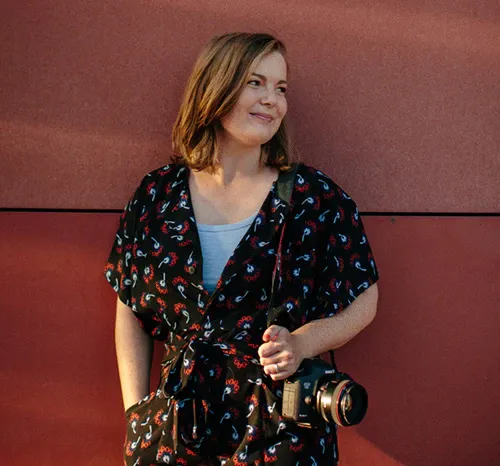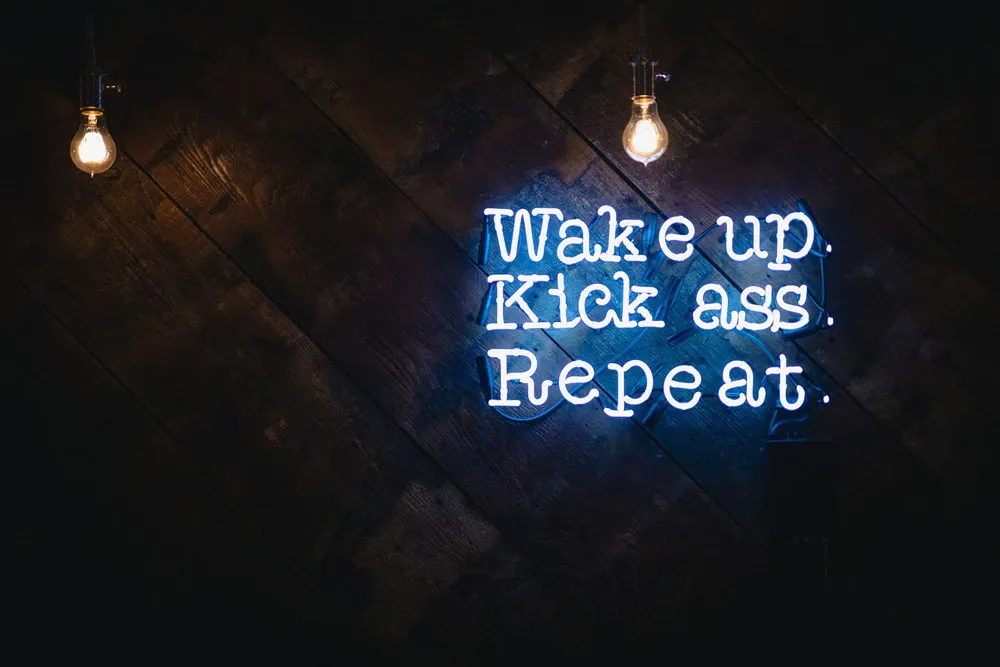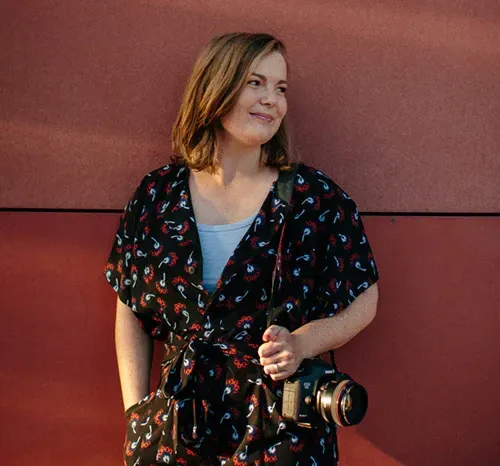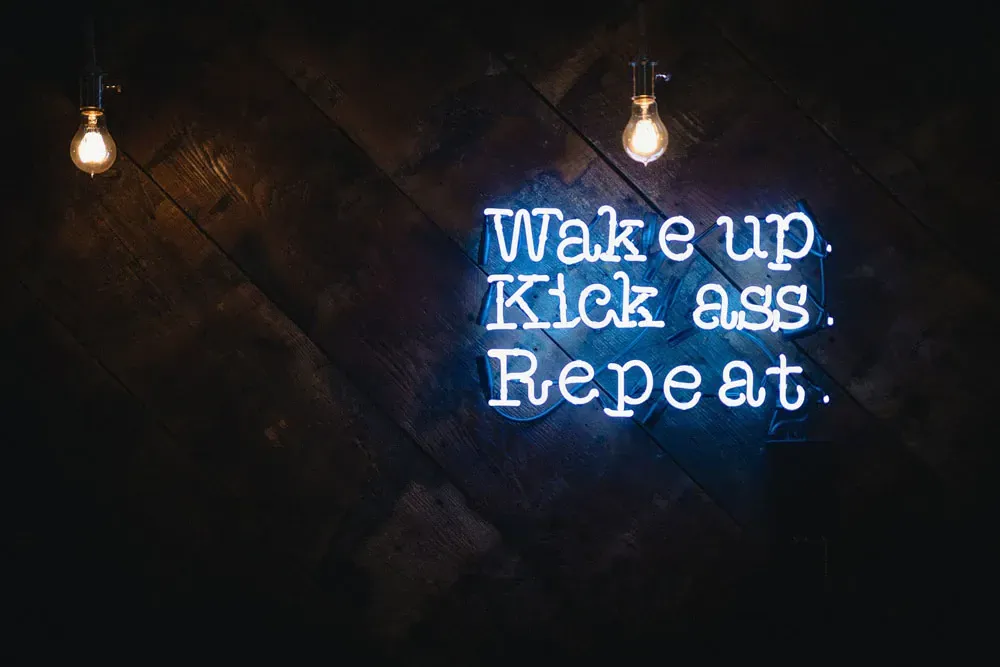How to get the word out using storytelling
Written by

If you look around The Big Idea, you’ll see that there’s a big focus on stories - from stories about successful artists, to stories about how to make it as an artist, to stories artists tell about themselves. This isn’t a coincidence! Using stories to communicate - and hiring people like me to tell them - is a key part of The Big Idea’s approach.
But why stories? And if an organisation like The Big Idea can use stories, can you use stories to further your career as an artist? To get some answers, I went straight to the source: The Big Idea’s operations manager, Chrissy Irvine. As well as keeping the trains running on time at The Big Idea, Chrissy is a documentary photographer, so she has a good idea of how storytelling works in practice as an artist. She also recently caught up with Creative New Zealand to talk through these ideas in more detail with Vicki Allpress Hill at the Audience Connection - check out this longer video to really dive deep into storytelling. It’s essentially a look around the back end of The Big Idea site.
Appeal and connection
We are all trying to get the word out there about what we are doing. It’s vital to put an appealing story together. In the research The Big Idea conducted 18 months ago they found that two of the key drivers for our community is to be known and to be in the know. Because the sector can be isolating and there is fragmentation there is a demand to tell a powerful story to get cut through.
So, let’s start with some definitions. Storytelling is exactly what it sounds like - it’s telling stories that connect with people and give them insight that they wouldn’t have otherwise had. Practically speaking, this can mean posting on a blog, putting up an announcement on The Big Idea, giving an interview to the media, and (of course) producing your art.
One major value of storytelling is that it can sit alongside your art, and provide valuable context to what drives you, your background, your process and why you made the decisions you did. This has a few different benefits:
-
It helps you connect with audiences who may not have otherwise been interested in your art.
-
It helps you to get more buy-in from people who are consuming your art. If people “know” you, they’ll have a deeper understanding of your art.
-
Understanding your own story helps you develop a better idea of who you are and what propels you to do what you do - which in turn helps you develop as an artist.
From a wider perspective, hearing others’ stories can help you build your confidence as an artist. Chrissy gave me the example of The Big Idea’s “advice to my 22-year old self” series. This series helps more experienced artists exchange hard-earned learnings with emerging artists and show them that everyone started somewhere. This has real value to the wider community.

Chrissy Irvine - Photograph by Kelly Shakespeare.
Building an authentic story
Chrissy gave two main pieces of advice for artists looking to develop their own story. First of all, you need to be authentic. Your story really should reflect who you actually are and what you’re about. If you’re trying to be someone you’re not in order to get a following or capitalise on a trend, people will see through you.
This doesn’t mean that you need to disclose every single aspect of yourself. Heaven forbid! But just make sure your story reflects the broad brushstrokes of who you are. If you’re a naturally enthusiastic, extroverted person, it would make sense to communicate this in your story. Conversely, if you’re more introverted and placid, you would want this to come through in your story.
The other thing to remember about building your story is that everything is part of your story. The way you communicate with potential audiences, the way you present yourself on social media - even the way you price your work. These are all bits of your wider story, so make sure they’re all telling the story you want them to tell.
Remember that your story will change over time. After all, it’s just a reflection of your artistic practice, experiences and personality. As you grow and develop as a person, your story will grow and develop as well. Don’t have your story frozen in time, update it and don’t be afraid to change your story to accommodate your shifts!
Finally, organisations have stories too and it’s often demanding to make them more appealing - either for grants or in publicity material.


